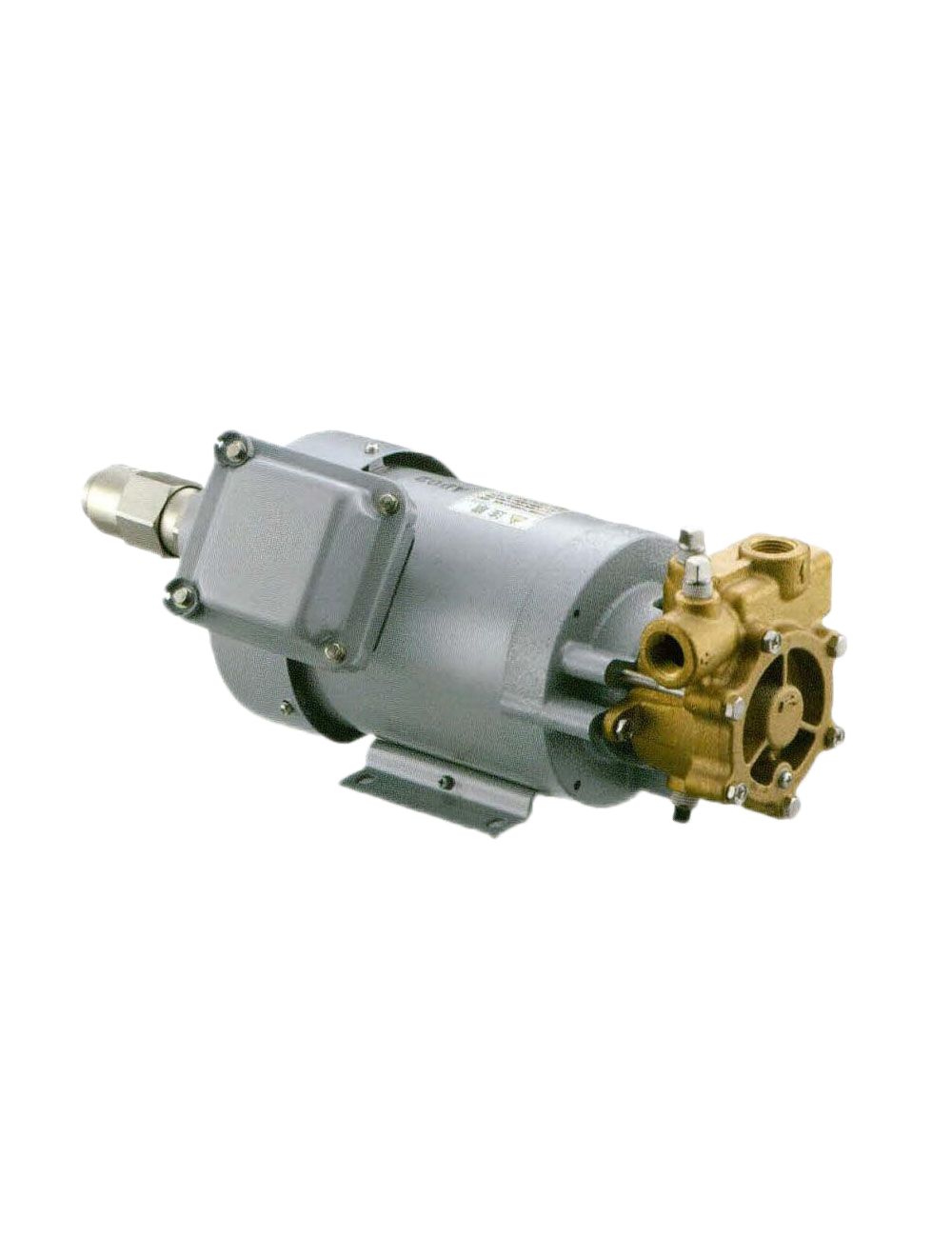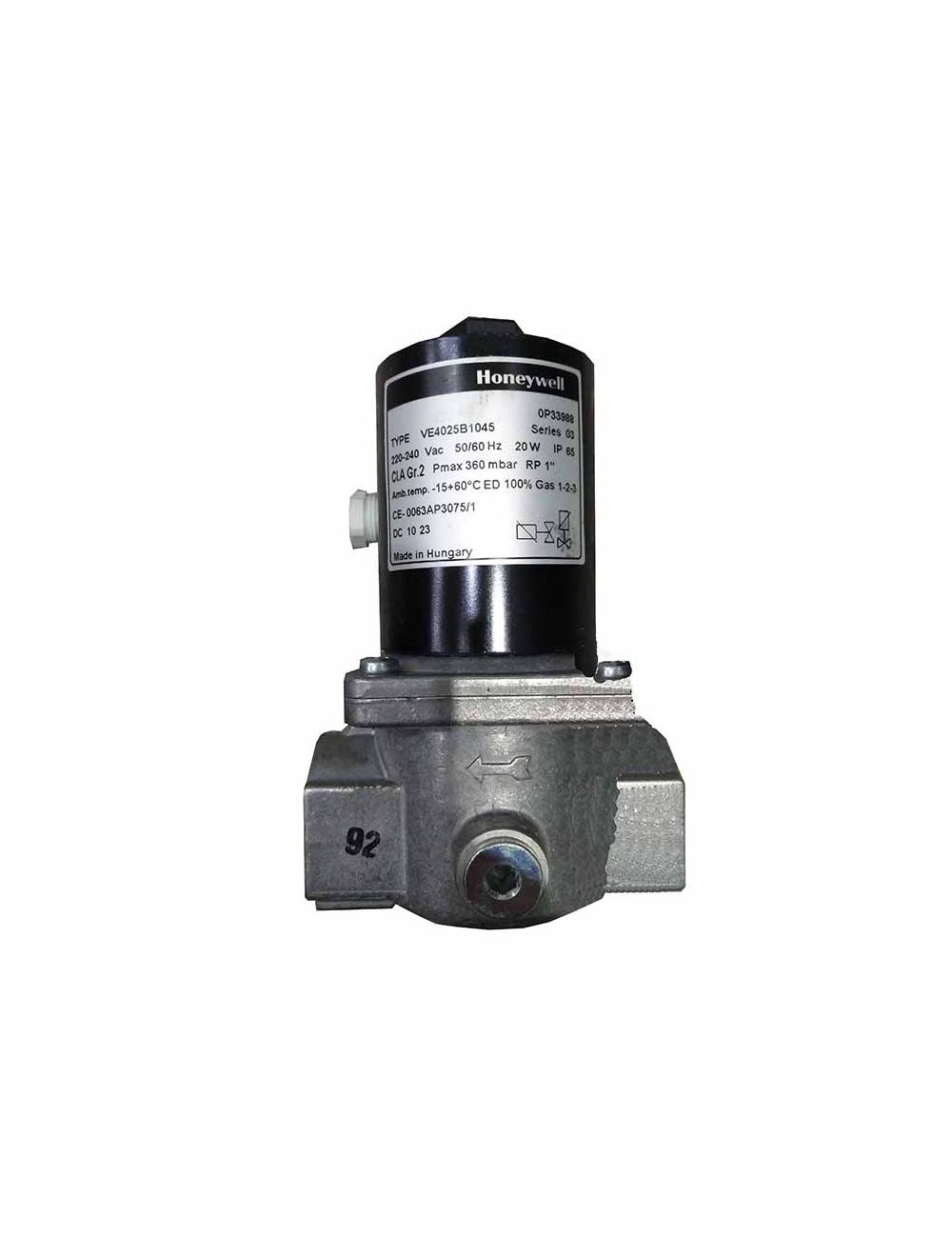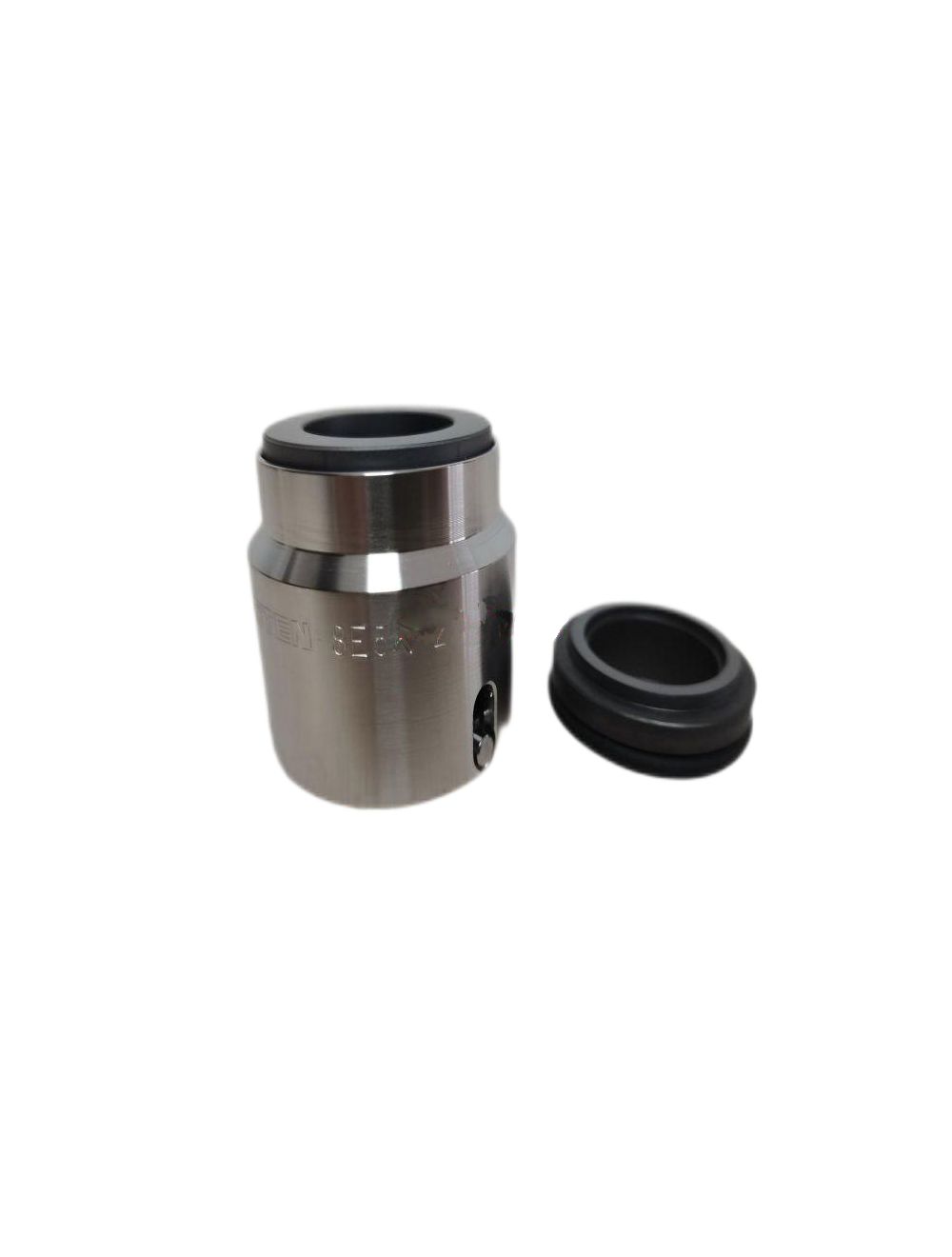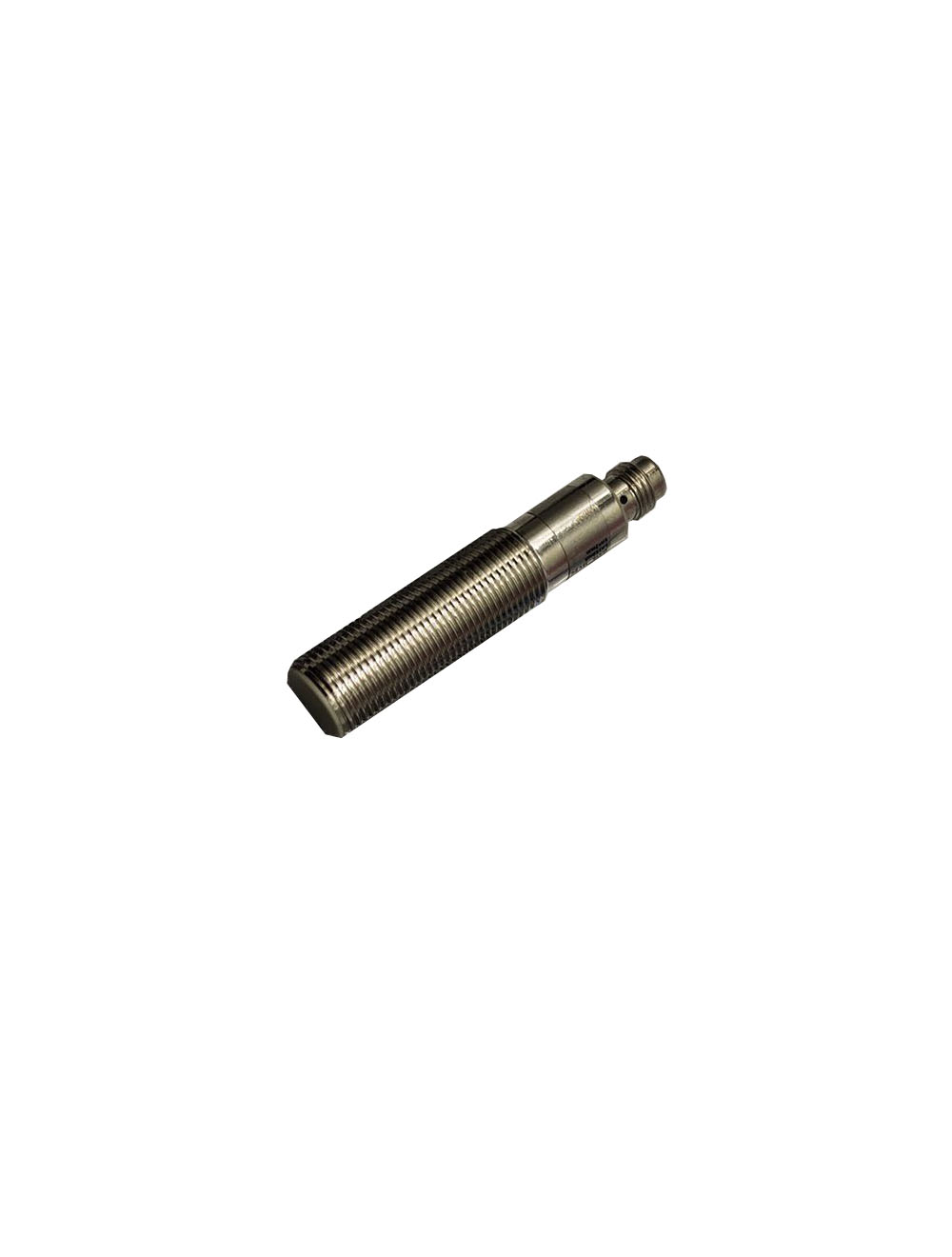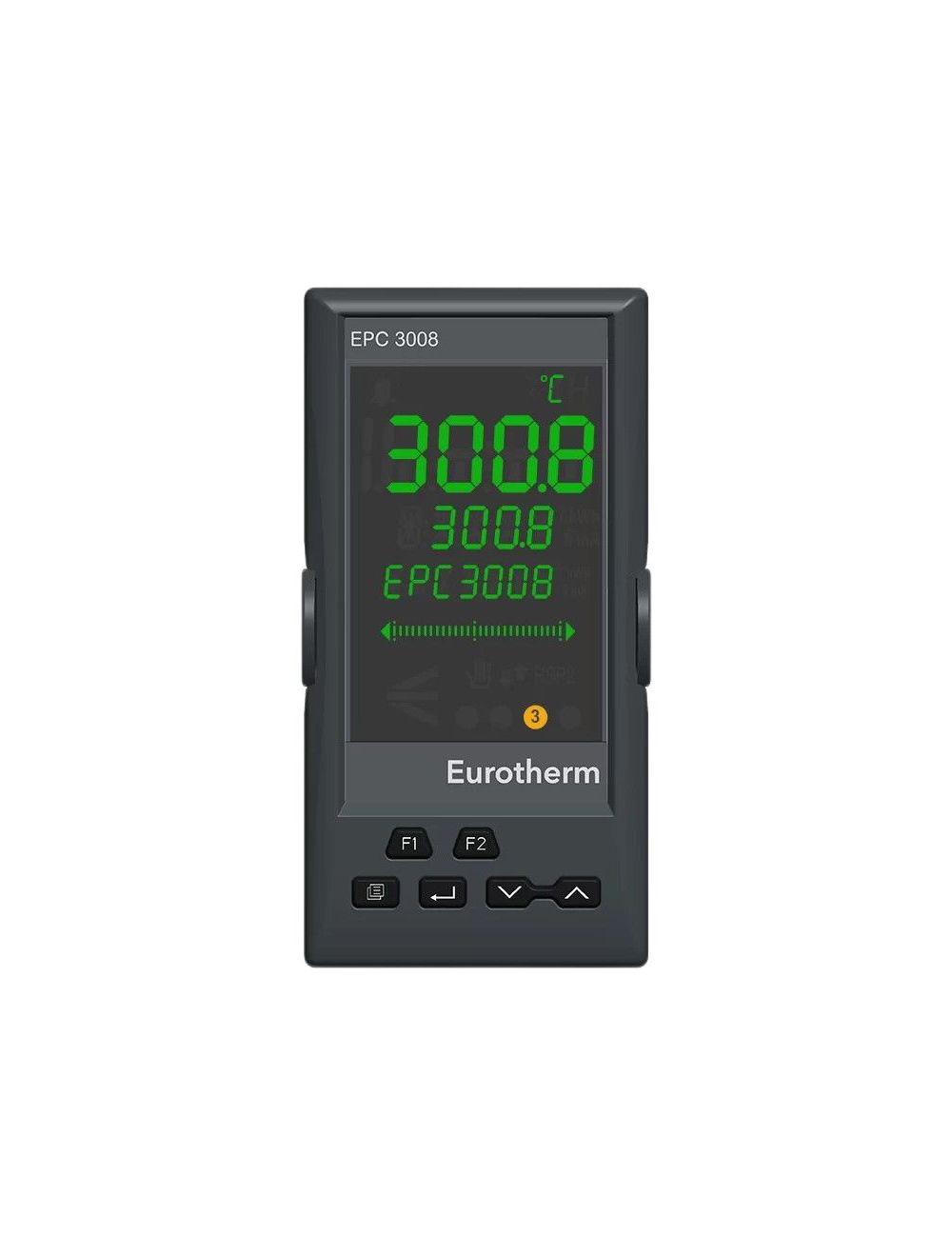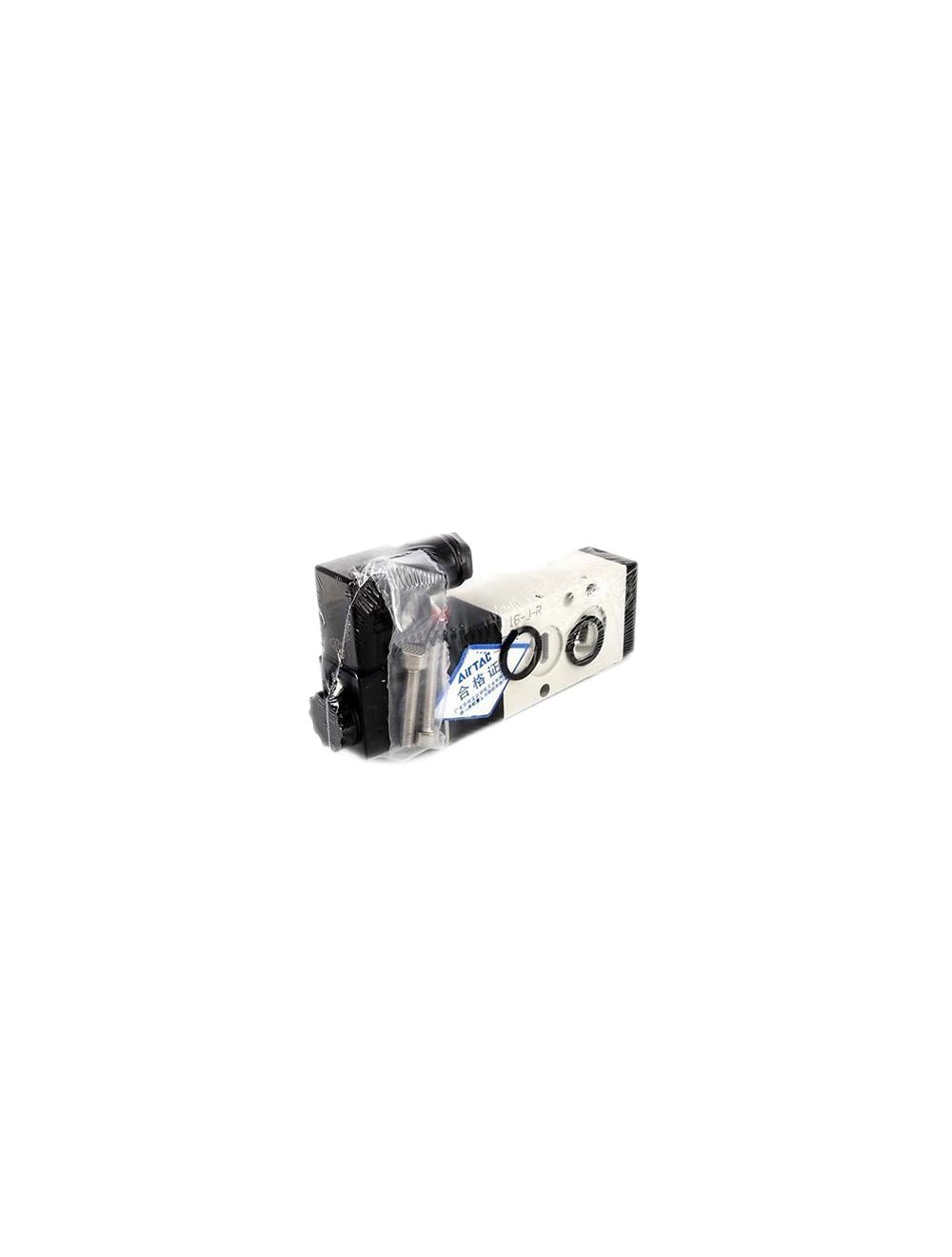
Figure 1: Servo motor and servo drive.
The servo system has experienced the development process from hydraulic, pneumatic to electrical. At present, the most widely used is the electrical servo system.
Servo products are widely used in traditional OEM industries such as machine tools, packaging machinery, textile machinery, and printing machinery. With the further improvement of industrial automation and the deep advancement of intelligent manufacturing, various industries increasingly need to use servo systems in production and manufacturing activities to achieve high-quality and high-precision product manufacturing, and servo system markets will emerge a new round of rapid growth.
1. The Development History of Servo System
Servo systems play an important role in electromechanical equipment. The next will briefly talk about their development history. Electric servo has gone through several different historical stages:
In the first stage, from the invention of electric servo to 1960, electric servo systems usually used stepper motors. Generally, no feedback loop was designed, and open-loop control was the mainstay.
In the second stage, between 1960 and 1970, DC motors began to be widely used in the field of electrical servos. In this stage, DC brush motors were mainly used as the driving source, and rotating transformers, tachometer generators, encoders and other sensing devices were used together to form closed-loop control system.
In the third stage, since the 1980s, leaps in new technologies and new materials have prompted electrical servo to enter the AC servo era. The operating motors are usually represented by permanent magnet synchronous motors, which have gradually occupied the main market in today's servo field.
Electrical servo systems are divided into direct current (DC) servo systems and alternating current (AC) servo systems according to the type of motor they drive.

Figure 2: Servo drive system of CNC machine tools.
1.1 DC Servo System
In the 1950s, brushless motors and DC motors achieved productization and were widely used in computer peripherals and mechanical equipment. The 1970s was the era when DC servo motors were most widely used.
However, DC servo motors have shortcomings such as complex mechanical structures and heavy maintenance workload. The rotor easily heats up during operation, which affects the accuracy of other mechanical equipment connected to the motor. It is difficult to apply to high-speed and large-capacity situations. Mechanical commutators have become a bottleneck in the development of DC servo drive technology.
1.2 AC Servo System
From the late 1970s to the early 1980s, with the development of microprocessor technology, high-power and high-performance semiconductor power device technology and permanent magnet material manufacturing processes, and their increasing performance-price ratio, AC servo technology including AC servo motors and AC servo control systems has gradually become leading products.
AC servo motors overcome various shortcomings caused by mechanical components such as brushes and commutators in DC servo motors. In particular, the overload characteristics and low inertia of AC servo motors reflect the superiority of AC servo systems.
2. Development Trends of Servo Systems
In general, the development trends of servo systems can be summarized in the following aspects:

Figure 3: Servo system application fields.
2.1 AC Servo System Becomes the Main Trend
Servo technology will continue to rapidly move from DC servo systems to AC servo systems. Judging from the current situation in the international market, almost all new products are AC servo systems. In industrially developed countries, the market share of AC servo motors has exceeded 80%.
It is foreseeable that in the near future, except in some micro motor fields, AC servo motors will completely replace DC servo motors.
2.2 Digitization
The servo control unit using a new high-speed microprocessor and a dedicated digital signal processor (DSP) will completely replace the servo control unit based on analog electronic devices, thereby realizing a completely digital servo system.
The realization of full digitalization changes the original hardware servo control into software servo control, thus enabling the application of advanced algorithms of modern control theory in the servo system (such as optimal control, artificial intelligence, fuzzy control, neuron network, etc.).
2.3 Adopt New Power Semiconductor Devices
At present, the output devices of servo control systems are increasingly using new power semiconductor devices with high switching frequency, mainly including high-power transistors (GTR), power field effect transistors (MOSFET) and insulated gate bipolar transistors (IGBT). The application of these advanced devices significantly reduces the power consumption of the servo unit output loop, improves the system's response speed, and reduces operating noise.
It is particularly worth mentioning that the latest servo control systems have begun to use a new module that integrates control circuit functions and high-power electronic switching devices, called Intelligent Power Modules (IPM). Its application significantly simplifies the design of the servo unit and realizes the miniaturization of the servo system.
Figure 4: IGBT power semiconductors.
2.4 Integration Design
The new servo system product changes the practice of dividing the servo system into two modules, the speed control servo unit and the position control servo unit, and replaces it with a single, highly integrated, multi-functional control unit. Integrated servo systems also include "multi-axis integration", "controller + drive", "drive + motor" and other integration forms.
The high degree of integration also significantly reduces the size of the entire control system, simplifying the installation and debugging of the servo system.
2.5 Intellectualization
Intelligence is the current popular trend in all industrial control equipment, and servo drive systems, as an advanced industrial control device, are certainly no exception. The latest digital servo control units are usually designed as intelligent products, and their intelligent features are reflected in the following aspects:
1. It has a parameter storing function. All operating parameters of the system can be set by the software through human-computer dialogue and stored inside the servo unit. Through the communication interface, these parameters can even be modified by the host computer during operation, making it very convenient to apply.
2. It has fault self-diagnosis and analysis functions. Whenever a system failure occurs, the type and possible causes of the failure will be clearly displayed through the user interface, which simplifies the repair and debugging of the system.
3. Some servo systems also have the function of parameter self-tuning. The servo unit with self-tuning function can automatically adjust the parameters of the system through several trial runs and automatically optimize them. For servo unit users, this is one of the most attractive features of the new servo systems.

Figure 5: Integrated servo motors.
2.6 Modularization and Networking
Factory Automation (FA) engineering technology based on industrial LAN technology has made great progress in the past ten years and shows good development momentum. In order to adapt to this development trend, the latest servo systems are equipped with standard serial communication interfaces (such as RS-232C or RS-422 interfaces, etc.) and dedicated LAN interfaces.
The setting of these interfaces has significantly enhanced the interconnection capabilities between the servo unit and other control equipment, making the connection with the CNC system very simple. Only one cable or optical cable is needed to connect several units or even dozens of servo units to the host computer to form the entire CNC system. The servo unit can also be connected to the CNC module of the programmable controller (PLC) through the serial interface.

